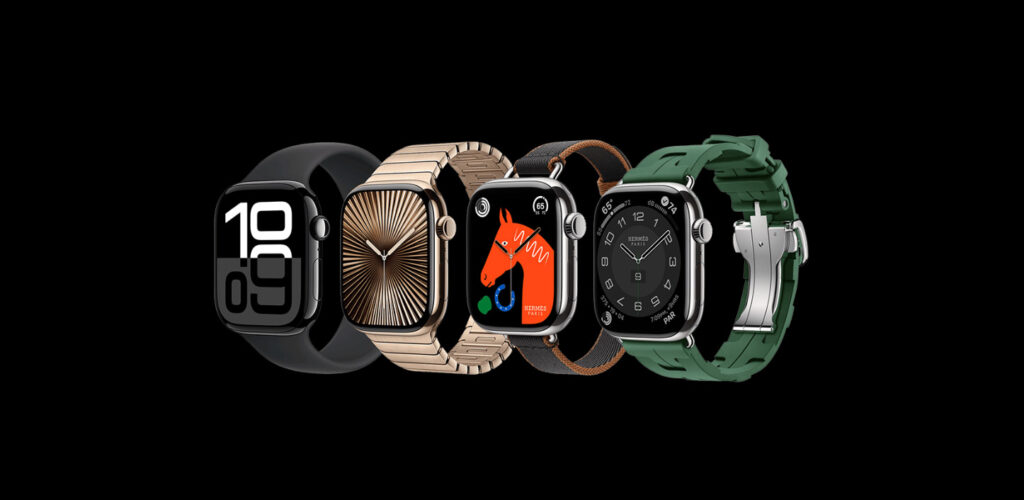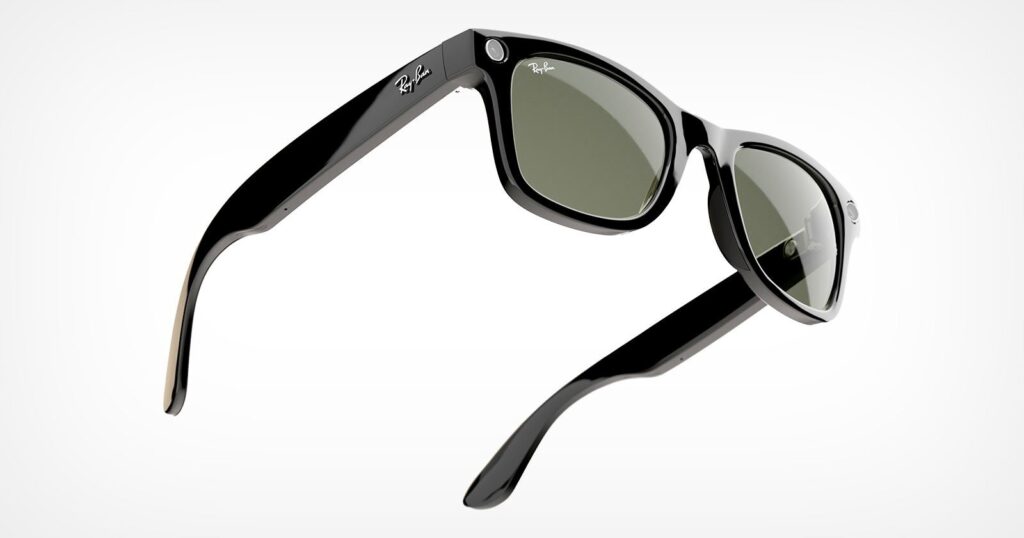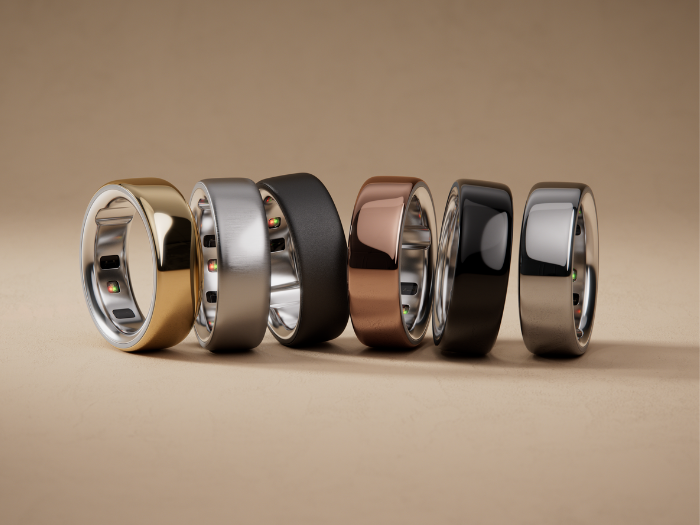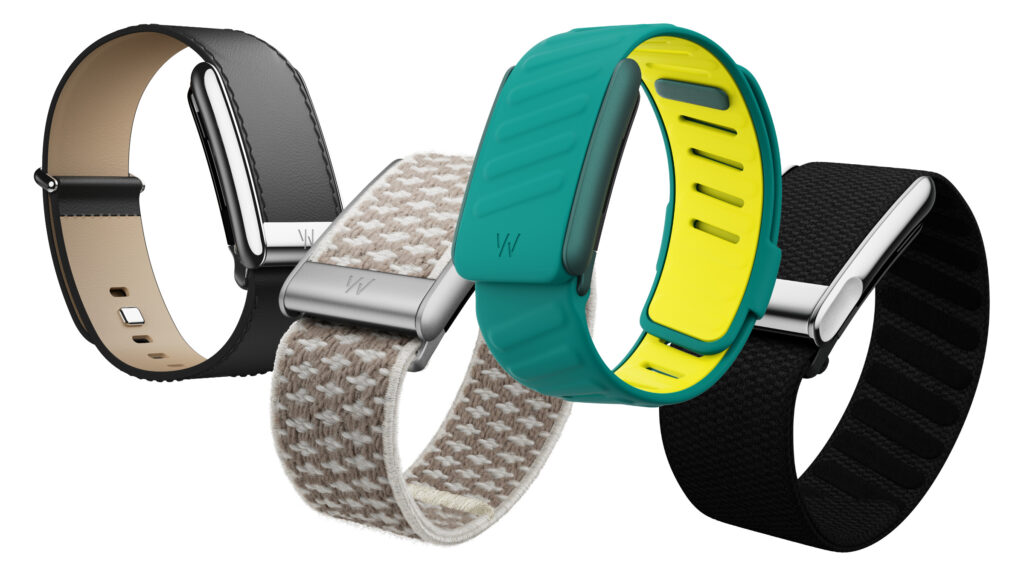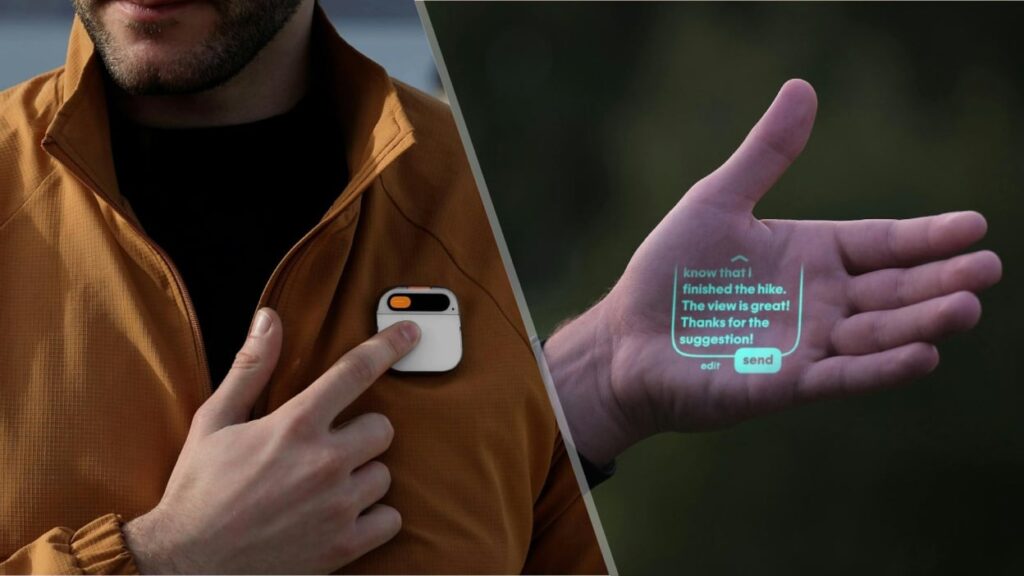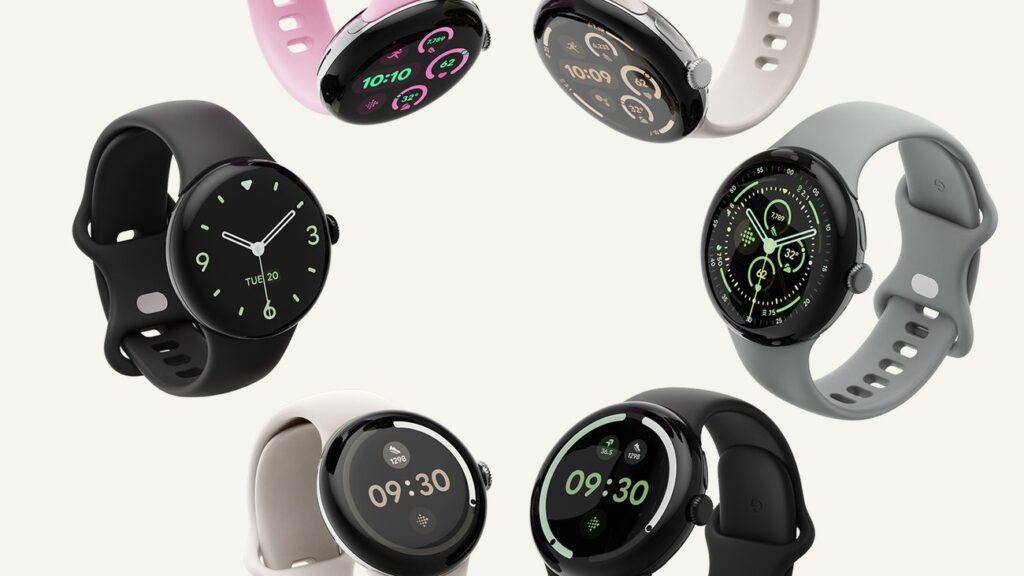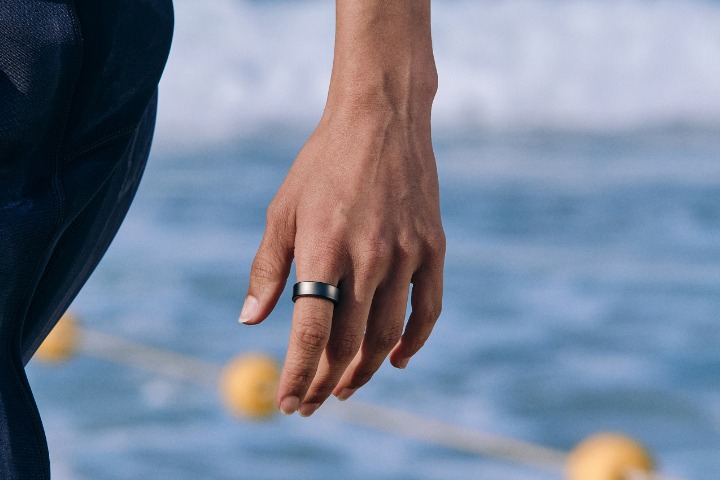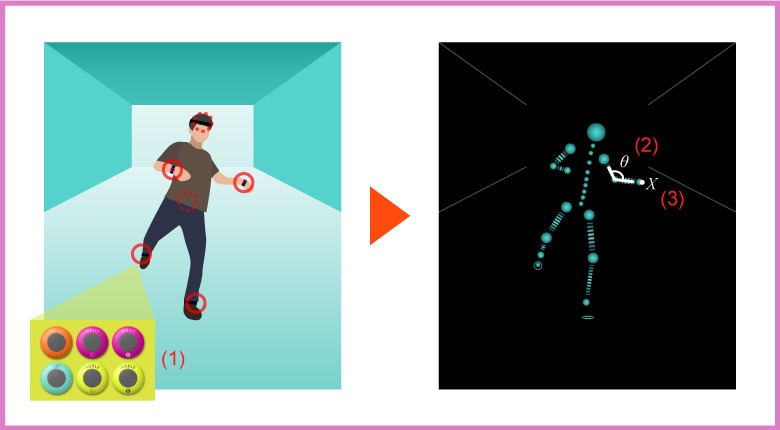Top 10 Wearable Tech Devices in 2025: Smart Gadgets That Redefine Daily Life
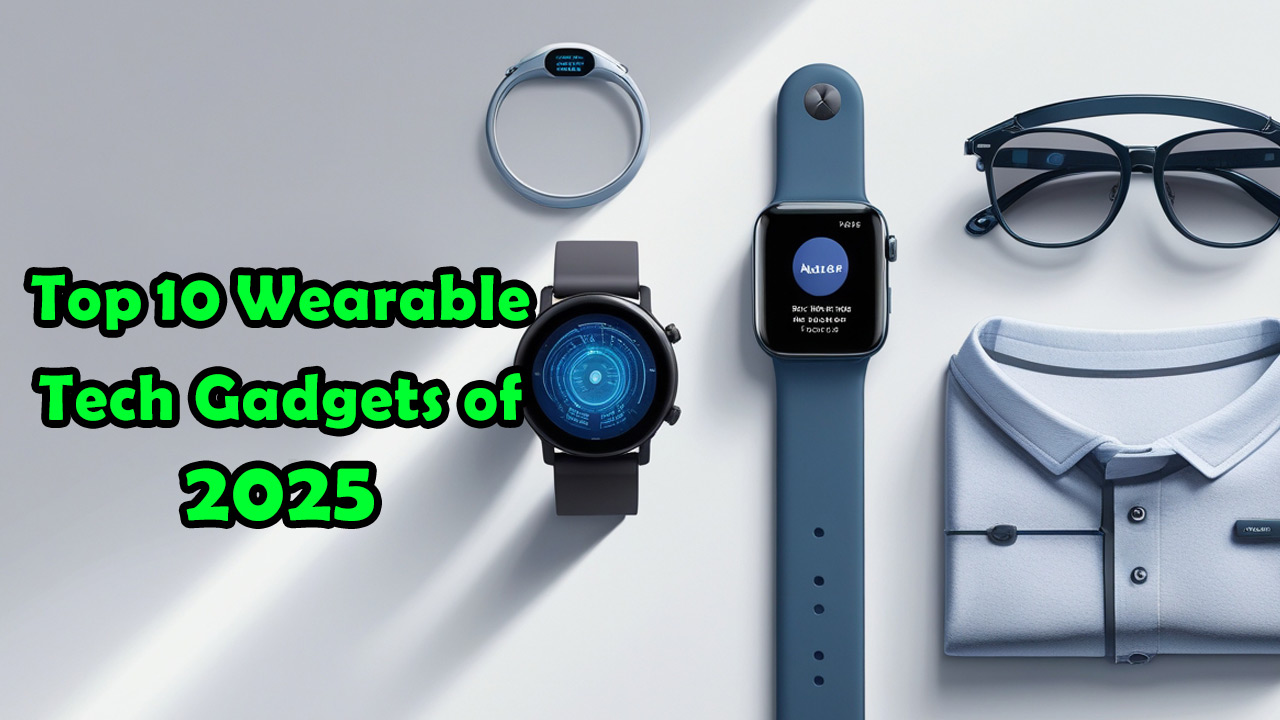
What is Wearable Technology?
Wearable technology refers to electronic devices worn on the body that track, monitor, and enhance various physical and health-related metrics. These smart wearables use sensors, connectivity, and AI to provide real-time data for personal health, fitness, productivity, and lifestyle optimization.
From smartwatches and fitness trackers to AI-powered wearables and smart clothing, wearable tech continues to revolutionize how we live and interact with our surroundings.
Top 10 Trending Wearable Devices in 2025
Explore the most innovative, in-demand, and cutting-edge wearable devices of the year:
1. Apple Watch Series 10
- Blood pressure & non-invasive glucose monitoring
- Mental health and mood detection
- AI-powered coaching
- Battery optimization modes
| Pros | Cons |
|---|---|
| Advanced health sensors | High price tag |
| iOS integration | Apple-only ecosystem |
| AI-driven wellness tools | Bulky for some users |
2. Meta Ray-Ban Smart Glasses (2nd Gen)
- 12MP camera and 1080p streaming
- Voice and touch controls
- Real-time translation (beta)
| Pros | Cons |
|---|---|
| Stylish design | Short battery life |
| Social media friendly | Limited lens options |
| AI assistant integration | Meta-only features |
3. Oura Ring Gen 4
- Detailed sleep analysis
- Stress & temperature tracking
- Minimalist and waterproof design
| Pros | Cons |
|---|---|
| Elegant and discreet | No display |
| Excellent sleep metrics | Limited notification features |
| Long battery life | Expensive for a ring |
4. Whoop 5.0 Band
- HRV, skin temp & recovery tracking
- Screenless, focused on data
- Haptic alerts & swappable battery
| Pros | Cons |
|---|---|
| Pro-grade biometrics | Requires subscription |
| Comfortable and lightweight | No screen |
| Great for athletes | Not beginner-friendly |
5. Humane AI Pin
- GPT-based voice assistant
- Laser projection interface
- Gesture and voice-controlled
| Pros | Cons |
|---|---|
| Futuristic design | Steep learning curve |
| Screen-free productivity | Limited app support |
| Highly portable | First-gen limitations |
6. Google Pixel Watch 3
- SpO2, heart rate, sleep tracking
- Google Maps, Assistant, and Wallet
- Improved battery & fast charging
| Pros | Cons |
|---|---|
| Great for Android users | Shorter battery life |
| Seamless Fitbit integration | Not ideal for iOS |
| Modern circular design | Still maturing ecosystem |
7. Samsung Galaxy Ring
- Women’s health tracking
- Stress and sleep monitoring
- Compact and water-resistant
| Pros | Cons |
|---|---|
| Specialized for female wellness | Samsung-only features |
| Discreet and comfortable | Limited availability |
| Auto-sync with Health App | Small battery capacity |
8. Sony Motion Sense Body
- Full-body motion capture
- Great for VR, fitness, and development
- Washable and lightweight
| Pros | Cons |
|---|---|
| Accurate movement tracking | Niche application |
| VR and motion design use | High price point |
| Developer SDK support | Needs compatible gear |
9. Withings ScanWatch Nova
- ECG, SpO2, sleep apnea detection
- Luxury look with smart internals
- 30-day battery life
| Pros | Cons |
|---|---|
| Hybrid classic design | Limited interactivity |
| Medical-grade accuracy | No touchscreen |
| Long-lasting battery | Fewer app varieties |
10. Nutriks Smart Shirt
- Real-time heart and breathing tracking
- Comfortable sensor-embedded fabric
- App connectivity for health insights
| Pros | Cons |
|---|---|
| Continuous health data | Requires regular washing |
| Medical and fitness applications | Not ideal for all-day use |
| Non-invasive & wireless | Higher price for clinical use |
Using wearable technology and smart gadgets where needed and when budget allows can meaningfully enhance your quality of life. These devices can significantly boost the efficiency of daily tasks. For instance, if you’re an athlete or someone who needs real-time body monitoring, many of the wearable devices featured in this article can support your goals.
If you expect more from your smartwatch than simply telling time, such as seamless connectivity with your smartphone or social media, smartwatches and smart rings are excellent tools to enhance your digital experience.
Emerging wearable devices like smart glasses are also evolving rapidly as of the time this article is published. These AI-powered wearables are not just futuristic — they’re already offering advanced capabilities that go far beyond the functions of ordinary eyewear, opening the door to a new world of hands-free interaction, productivity, and immersive experiences.
FAQ – Wearable Technology Explained
1. What are the benefits of wearable technology?
Wearables enable real-time health and fitness monitoring, improve productivity, and provide preventive insights that help users live healthier, more informed lives.
2. Are wearable devices medically accurate?
Many wearables, like Apple Watch and Withings ScanWatch, provide clinical-grade metrics, but they are best used alongside, not as a replacement for, professional medical evaluations.
3. How do wearables connect to my smartphone?
Most devices connect via Bluetooth or Wi-Fi to dedicated apps where users can view, track, and analyze their data securely.
You May Also Like :
If you’re on the hunt for the latest mobile technology, check out our
Best Smartphones of 2025 Reviewed: Samsung, OnePlus & Xiaomi Compared guide.
We break down the top features, performance, and pricing of each model so you can make an informed choice.
From cutting-edge cameras to long-lasting batteries, these devices showcase the best that AI and modern gadgets have to offer.
Whether you’re a tech enthusiast or just looking for a reliable daily phone, this comparison covers all the essentials.
Home efficiency has never been smarter with robotic helpers. Our
Top 3 Robot Vacuums in 2025: Which One’s Actually Worth It? review dives into the models that truly balance power, navigation, and convenience.
And if personal care is your priority, don’t miss our guide to the
best laser for hair removal at home with related gadgets, featuring devices that combine safety and effectiveness.
By staying updated on the latest in
AI and Gadgets, you can transform both your home and lifestyle with smarter, more intuitive technology.

